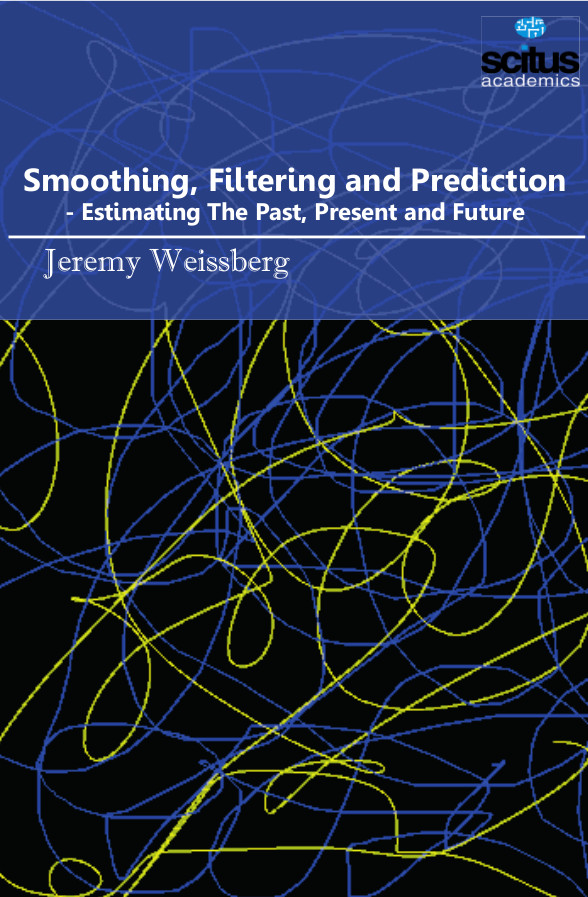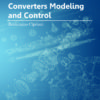Smoothing is often used to reduce noise within an image or to produce a less pixelated image. Most smoothing methods are based on low pass filters. Smoothing is also usually based on a single value representing the image, such as the average value of the image or the middle (median) value. In image processing, to smooth a data set is to create an approximating function that attempts to capture important patterns in the data, while leaving out noise or other fine-scale structures/rapid phenomena. In smoothing, the data points of a signal are modified so individual points (presumably because of noise) are reduced, and points that are lower than the adjacent points are increased leading to a smoother signal. Smoothing may be used in two important ways that can aid in data analysis; by being able to extract more information from the data as long as the assumption of smoothing is reasonable and; by being able to provide analyses that are both flexible and robust. Filtering and prediction is about observing moving objects when the observations are corrupted by random errors.
Smoothing, Filtering and Prediction – Estimating The Past, Present and Future describes the classical smoothing, filtering and prediction techniques together with some more recently developed embellishments for improving performance within applications. It aims to present the subject in an accessible way, so that it can serve as a practical guide for undergraduates and newcomers to the field.













